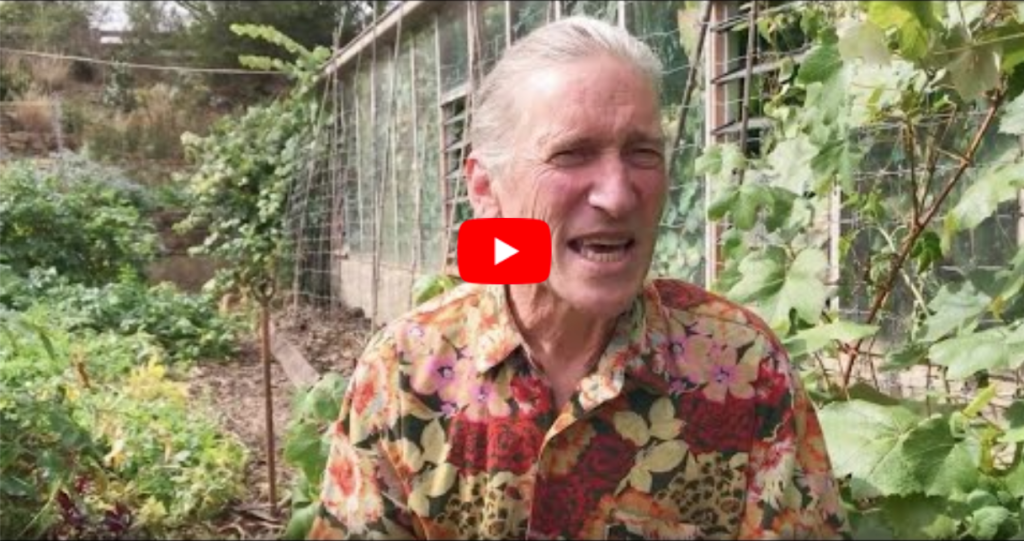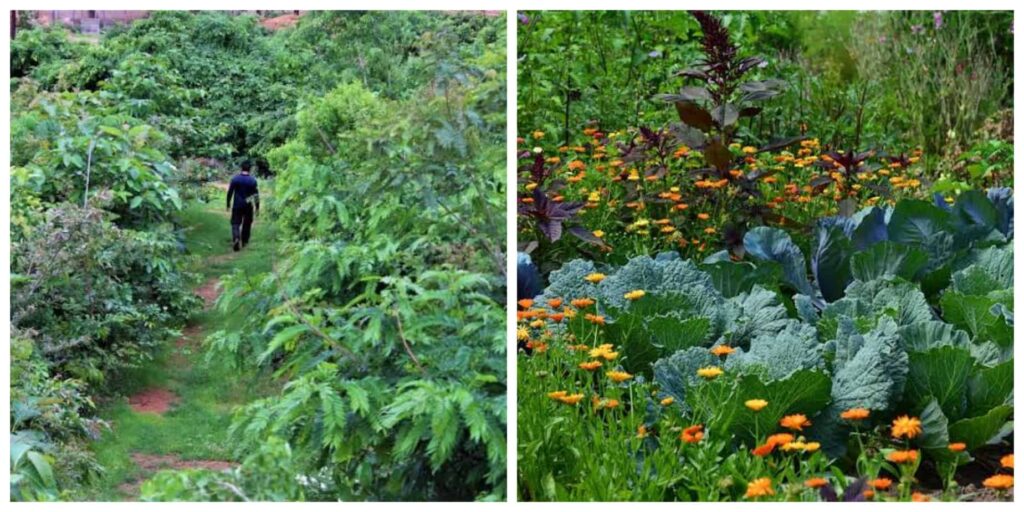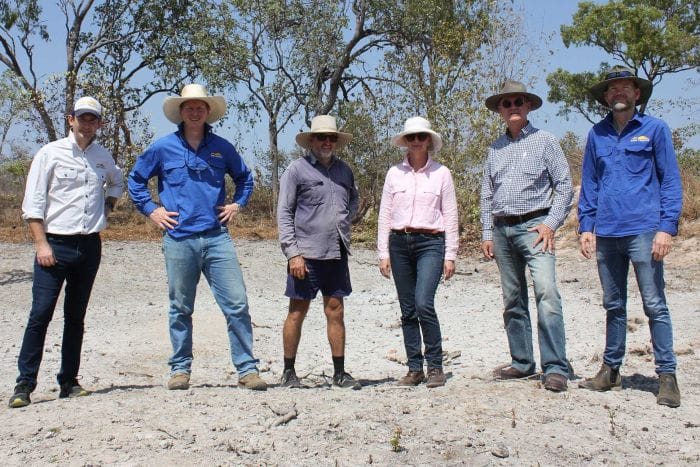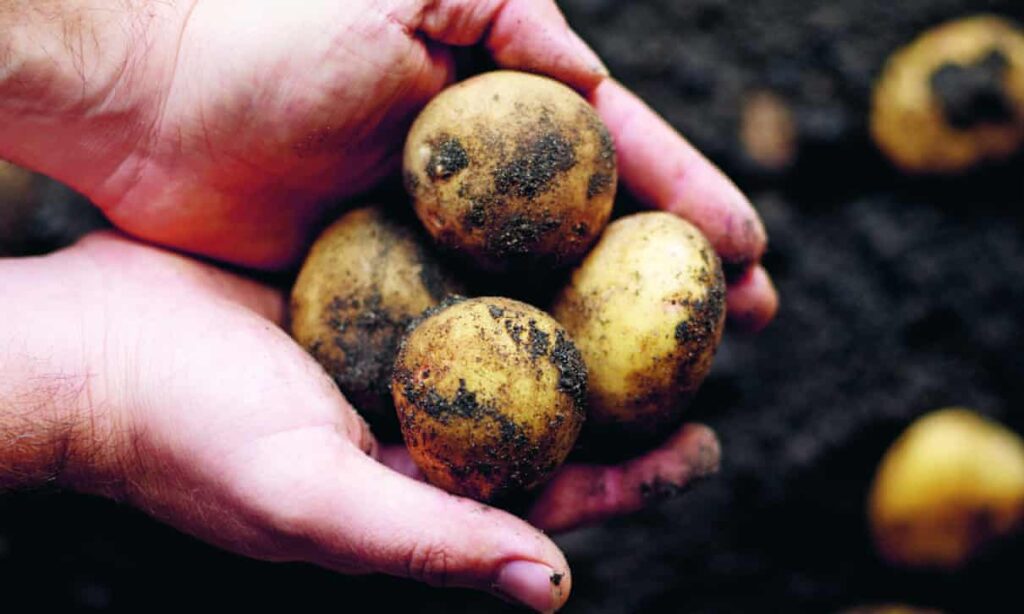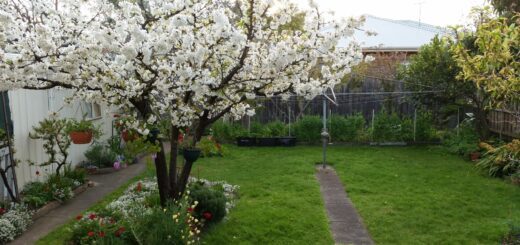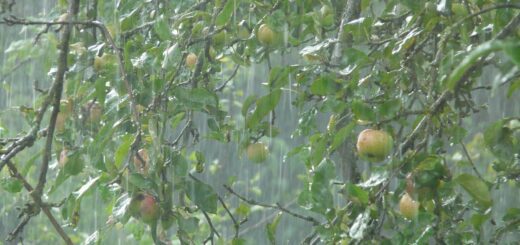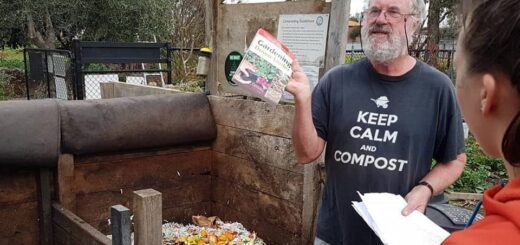After a long, dark winter, here comes the sun
2020 has been full of many things, and let’s be honest: much of it hasn’t been great. It’s a time when most of us has been forced to retreat inwards, and for a group that thrives upon interaction with the wider community, that makes for very strange times indeed. We are grateful for the little things however: watching the change of seasons in the garden, the play of the chickens, the flight of the bees, the songs of birds. But we do grieve for the way the world used to be. We take solace in the knowledge that this isn’t the way things will always be, and we look forward to working in gardens with fellow permies and gardeners-in-learning, amazing people who are willing to spend a day working for the betterment of someone else’s outdoor living space.
To celebrate the feel of the sun on our faces (after such a long, dark winter), we’d like to delve deep to share with you the classic uplifting Beatles song Here Comes the Sun. “And I say… it’s all right…”
Permablitz News
Permablitz and COVID-19

Due to the ongoing uncertainty of COVID-19, Permablitz has sadly had to postpone blitzes until restrictions are eased, which currently looks like being around the end of this year. We want to make sure that we do all we can to take care of the health of our hosts, designers, volunteers as well as their families and friends – this means we cannot put anyone in a position where they may find themselves at risk as part of one of our activities.
Hopefully we’ll be able to start up again before too long, but for the moment at least, you can enjoy reading about how our last couple of blitzes went.
Read more about how COVID has affected blitzes
Permablitz #219 - Coburg

Enjoying lunch in the afternoon sun.
One Sunday back in November, 25 of us turned up at James’ house in Coburg to implement the design that had been created with Prue and Inger. This included expanding the food forest and vegetable gardens, putting in deep mulched paths, creating a trellis to shade the Western wall of the house and espalier fruit trees on the fence. Excellent company, good tunes, perfect weather and the satisfaction of a job well done made for a fun day for everyone involved.
Check out all the photos, timelapse and video edit on the blog!
Permablitz #220 – Ferntree Gully
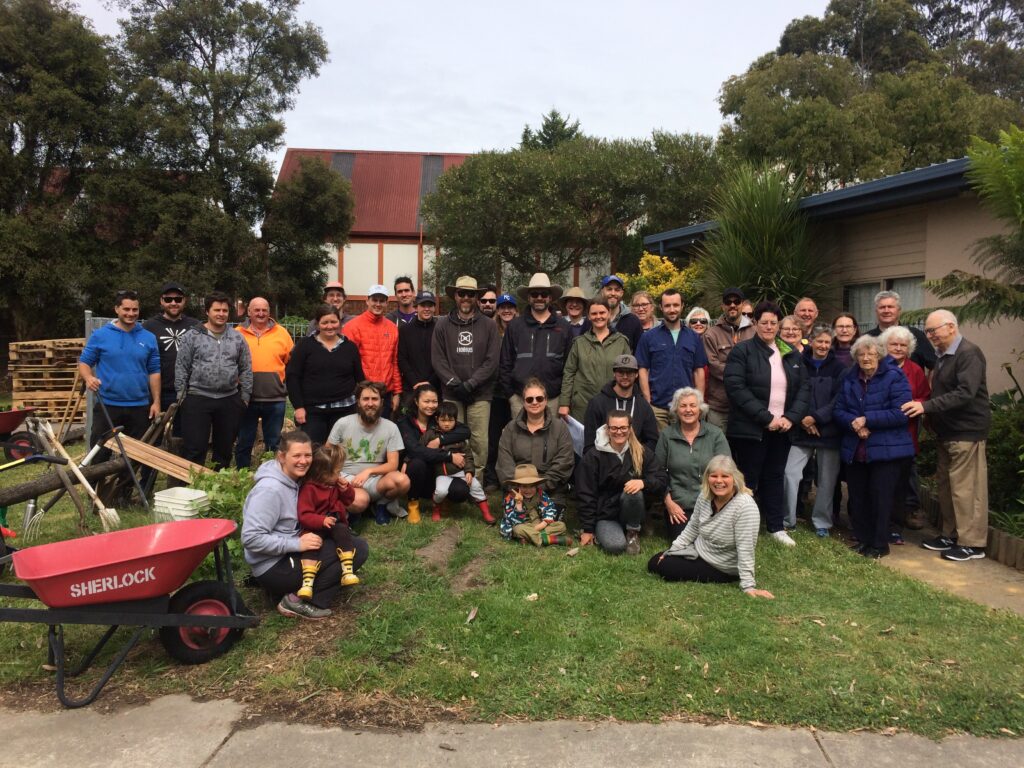
“I saw the potential to transform our large block of land into a community garden so that surrounding neighbours and the larger community could benefit from it”, host Emma from the Church of Christ in Ferntree Gully. What better way to kick start the garden than with the willing help of the Permablitz community!
See what was created on the day, and find out how to join if you're in the area!
Hero of the Month
Ginger
Ginger is rarely grown from seed – a cutting from the root of an existing ginger plant is usually enough to start a new one. To start growing your own ginger plant, cut a piece from a healthy, plump ginger root (not an old dry one) and bury it in soil about 5cm below the surface. If it’s already shooting, point the shoots toward the surface. In Australia, shooting should occur around September/October. Soil should be kept moist and by the end of February there should be plenty of growth and ready to harvest.
You can read more about how to grow ginger here.
Beets and Pieces
Rental Permaculture: Spring Edition
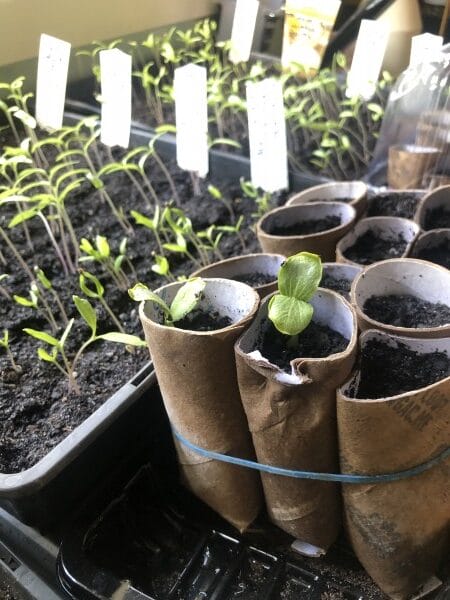
Earlier in the year, The Urban Nanna told us how permaculture can be incorporated into your life even if you live in a suburban rental property.
In this Spring edition, learn about how understanding your local Indigenous Australian weather calendar is integral to gardening success, as you’ll quickly realise things don’t go to plan if you try following traditional European planting schedules.
The beginning of September sees the start of True Spring, where the weather is warm, wet and windy, and we have a massive explosion of flowers, new growth and insects. In European calendars, this is when you’d start planting your seeds, but in Victoria, it’s when you can consider putting your first seedlings in the ground, and planning your second round of succession crops.
Read the full article to get your True Spring Gardening Game Plan!
Retrosuburbia: now available online!
David Holmgren (Co-Originator of Permaculture) has shared a video and blog post on COVID-19 and announced a second printing and a pay-what-you-can digital version of his best selling book, RetroSuburbia: the downshifters guide to a resilient future.
If there was ever a time when this book should be in as many hands as possible, it is now. It is filled with wisdom, how to’s, case studies and beautiful illustrations by Brenna Quinlan. A reference for retrofitting your home for resilience, obtaining a serious yield from your garden and living a fulfilling life, this is a book that you will keep reaching for.
Find out more at: https://retrosuburbia.
Forest Garden With 500 Edible Plants Requires Only a Few Hours of Work Per Month
Mother Nature has been growing plants for 460 million years and trees for 370 million years. According to fossil records, humans appeared in Africa around 195 thousand years ago and thrived on nature’s bounty. Fast forward to the early 1900s, which saw the beginning of a new era of growing food crops, monoculture, or single crop farming.
Instead of rotating crops to restore nutrients to the soil it gets depleted. Modern man’s solution was to use chemicals and fertilizer, wiping out natural habitats in the process.
Nature was doing rather well and our ancestors followed her example before the single crop idea took hold and thankfully, many people have since realized that working with nature one can create forest gardens for food that are designed to mimic natural ecosystems and restore our soil.
Martin Crawford, a forest gardening pioneer, based in the UK, explains in a short film by Thomas Regnault, “What we think of as normal, in terms of food production is actually not normal at all. Annual plants are very rare in nature, yet most of our agricultural fields are filled with annual plants. It’s not normal. What’s normal is a more forested or semi-forested system.”
Forest gardens mimic natural ecosystems by using perennial plants and trees, which live for a long time and/or reseed themselves. The garden would have various vertical levels of growth such as tall canopy trees, shorter trees, shrubs and bushes, vines, consists of various vertical levels of growth, from canopy trees to shorter trees, to shrubs and bushes, vines, herbs, ground cover and roots. The levels work together, offering shade, wind protection, support and nutrition. Starting a forest garden from scratch will take time, work and money but once done, it will basically take care of itself for years with very little maintenance but plenty to harvest.
Read the full article (and watch the video) at Educate Inspire Change.
Landscape rehydration ‘better than dams’ in improving farm production, reducing fire risk
Grazier Chris Le Feuvre, from Worona Station between Townsville and Charters Towers, said his property was a degraded landscape with significant erosion issues before changes were made a decade ago.
“There were a lot of cattle here, basically living on leaves falling off trees and molasses,” he said.
Since 2015, a project to rehydrate Worona Station with assistance from NRM group NQ Dry Tropics and the consultancy arm of the Mulloon Institute has rehabilitated the country.
Splitting paddocks into small sizes and using large mobs of cattle grazing on rotation, Mr Le Feuvre is grazing pasture more intensively while giving it longer to rest, increasing carrying capacity.
Profitability has increased, with the comparatively small 6,677-hectare northern operation now providing full-time stable employment for the owner and his son.
Chris Le Feuvre avoids using molasses, saying better management can reduce the need for costly supplements.
“They do better now, also the species of grass and plants are changing, there’s more variety now,” Mr Le Feuvre said
“In getting a rehydrated landscape you become more resilient to fire, drought, it also mitigates some of the flooding aspects.
“It’s all about slowing the water down, holding it in the landscape longer.”
Read the full article at ABC News.
How to build a spud tower: an edible treasure hunt with a guaranteed bounty
It doesn’t take much effort to grow your own potatoes, and across most of Australia, now is the perfect time to plant them.
Prolific and versatile, the potato is one of the most consumed vegetables on planet Earth and a staple in our diets.
They’re also easy to grow. Doing so is an activity best suited to a purpose-built unit – known as a spud tower. Building a spud tower means your other veggies go undisturbed while you’re harvesting and creates a treasure hunt harvesting process that is easy and fun for kids.
Read the full article from The Guardian.
Self care in an “overwhelming world”
It was already at full volume; the neglect of our planet, the swirling seas of plastic and deforestation. And then the fires began. Earlier and bigger and more fatally than we’ve seen before.
In amongst all of this turmoil it is sometimes easy to feel that we cannot make a difference, to try harder, be at more meetings and demonstrations, petition more politicians etc etc. There is an argument to be had about working towards ideals but on this occasion the focus is on self care. You will grind to a halt if you become sick. You will cease to enjoy much of anything if you feel hopeless, or become depressed.
Read Joanna Macy’s book Active Hope. Remember that there are literally thousands of organisations doing good work everyday. Remember the good results. Take time out to enjoy what you enjoy. “Resource” yourself and you can support others and engage with your cause in the best way for you.
In no way does self care belittle or ignore the pain, the destruction and loss that happens. It is about doing your best work and sometimes that work includes attention to your own health.
In the Garden
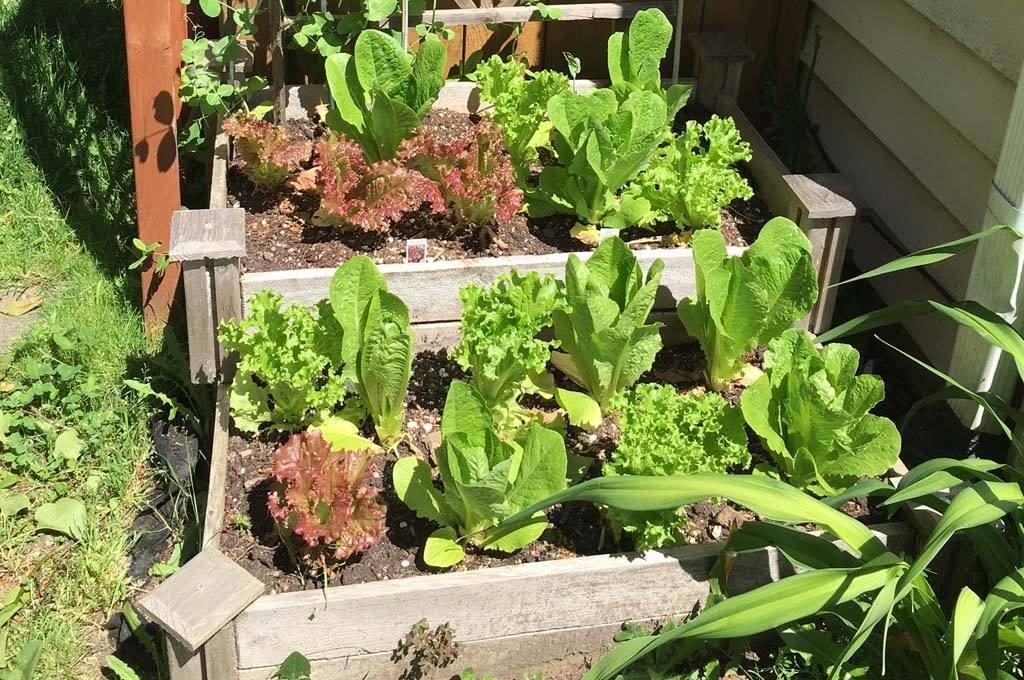
After a long and exceptionally trying Winter, most of us can probably agree Spring in Melbourne has never been so welcome! The days are getting a bit longer and the soil will soon be getting warmer, which means soon the summer crops can go in. It’s definitely the time of year where the most seeds can be started, but don’t even think of putting tomatoes in the ground yet… it’s still too cold.
If you’ve been meaning to plant some bare-rooted trees, then don’t wait any more – get them in now. It’s also a good time to feed your fruit trees if you haven’t done so already.
Remember: some seeds do better starting off in punnets, some in pots and some in the ground. To get the best from your seedlings be sure to check the best methods first!


